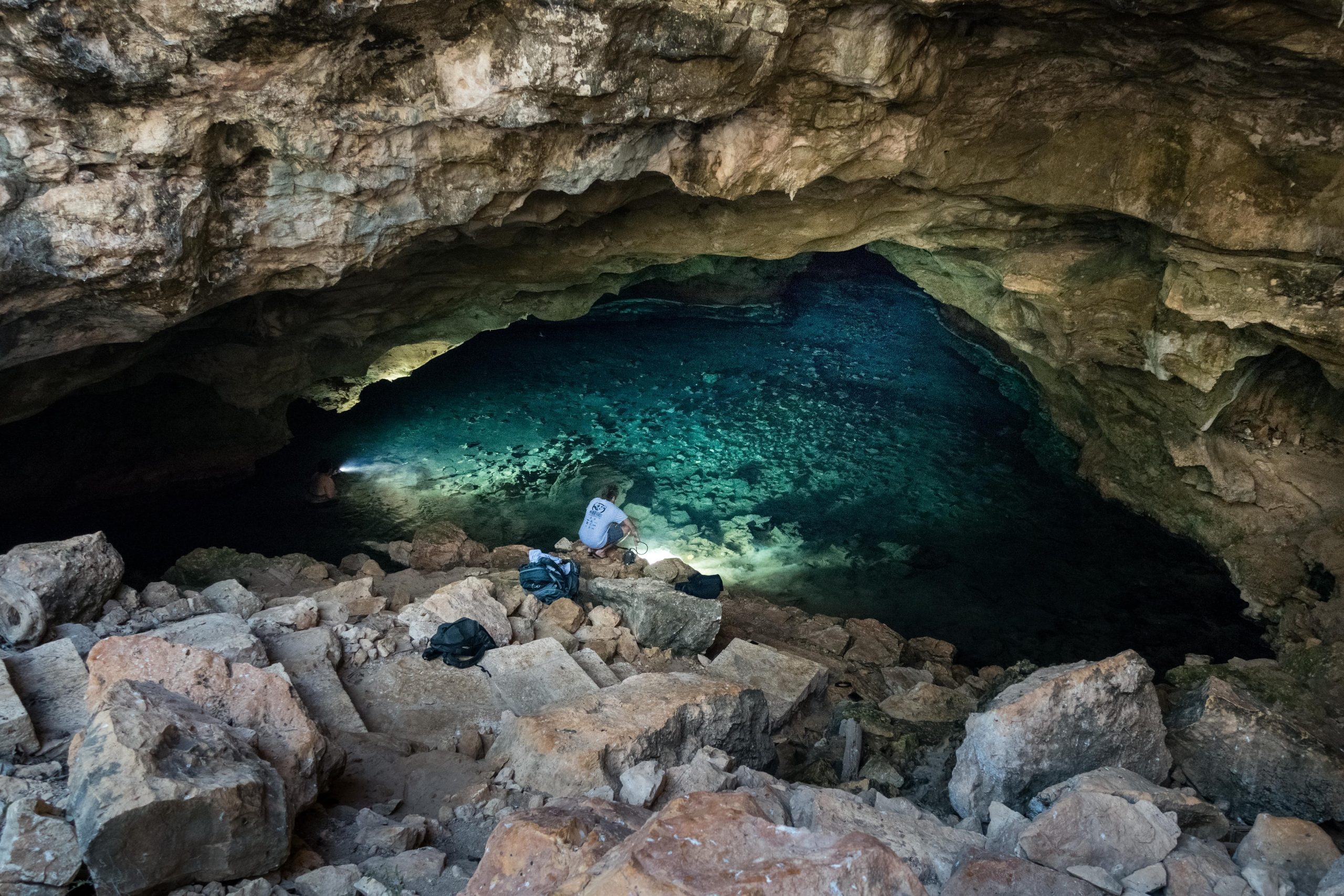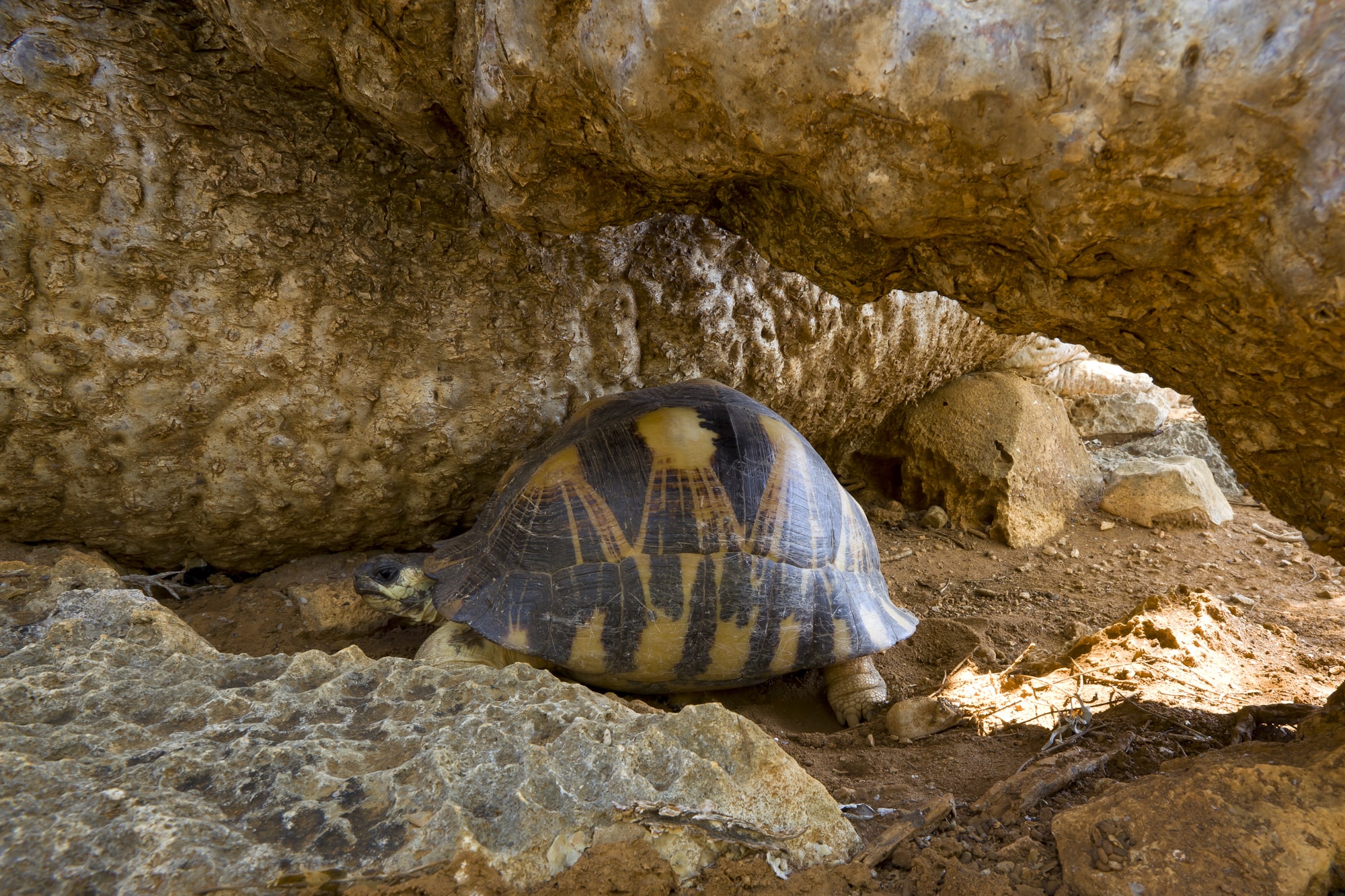
Tsimanampesotse
On the plan
VISIT US
Depending on your means of transport :
- Ground Transportation
- Take route N°7 Antananarivo to Andranovory or Toliara.
- Take route national N°10, joining route national N°7 at Andranovory (65 km north of Toliara). Join Betioky (90 km away) and head for Ampanihy.
- 20km from Betioky on the road to Ampanihy, there's a crossroads with Park signs. Take this road to the right onto the track towards Beheloke (102 km to the park).
- Maritime transport
From Toliary, reach us by sea!
- Air transport
There are regular flights between Antananarivo and Toliary.
Ideal period
The park is open all year round.
Available activities
- Interpretation center
- Visitor centre
- Campsite
- Toilets
- Mitoho parking lot
- Andaka parking lot
Advisory Equipment
Take all the clothing and equipment you need for a good walk in the middle of a desert landscape:
- good hiking boots,
- shorts,
- tee shirt,
- sun cream,
- hat,
- sunglasses and,
- above all,
- water.
Fees and charges
Download the reference document to find out more about park fees and charges.
Code of conduct
- Bring your validated entrance ticket to the park reception desk.
- Accompaniment by a local guide is compulsory.
The circuits
| Tours | Summary | Difficulty | Duration | Tour plans |
|---|---|---|---|---|
| ANDAKA | Stroll along the lake . Glasswort landscape . Observe the spectacular scenery of the Tsimanampesotse sacred lake . Observation of aquatic birds on the lake, such as the two famous species of flamingo (pink and dwarf), wild duck species (red-billed duck, helmeted duck, etc.). | Easy | 1h | |
| TSIAMASO | Visit the sacred site (in the Mitoho cave) and observe the blind fish . Lemur observation and dormitories (Lemur catta) . Visit to the mouse cave . Visit to a lemur dormitory . See the “Smiling Baobab” . Viewing the “Baobab Grandma” . Observation of the “Foreign Baobab or Baobab Vazaha” . Visit to Gouffre Aven Vintane, with banyan trees with aerial roots running along the wall of the chasm to draw water . Turtle watching . Observation of endemic forest birds. | Easy | 2h | |
| MAROFONE | Panoramic view of the baobab and Pachypodium colonies . Panoramic view of the lake, sea and thicket landscapes (at the viewpoint) . Forest birds . Turtle and reptile watching | Average | 2h30 | |
| ANDALAMAIKE | Trekking in the middle of the Mahafaly limestone plateau . Botanical tour through the baobab forest, giant pachypodium (avenue of pachypodium) and plants typical of the region . Observation of polygamous Baobab . See radiated tortoises, reptiles and forest birds . Visit the sacred cave (Andriamaniloke) . Offering the landscape of the lake and vast expanse of sand dune | Average | 3h30 | |
| EMANDE | Observation of sacred sites such as tombs . Offering panoramic views of the lake and xerophilous thicket landscape . Lemur watching . Water birdwatching: flamingos, ducks, etc. . Observation of water springs |





